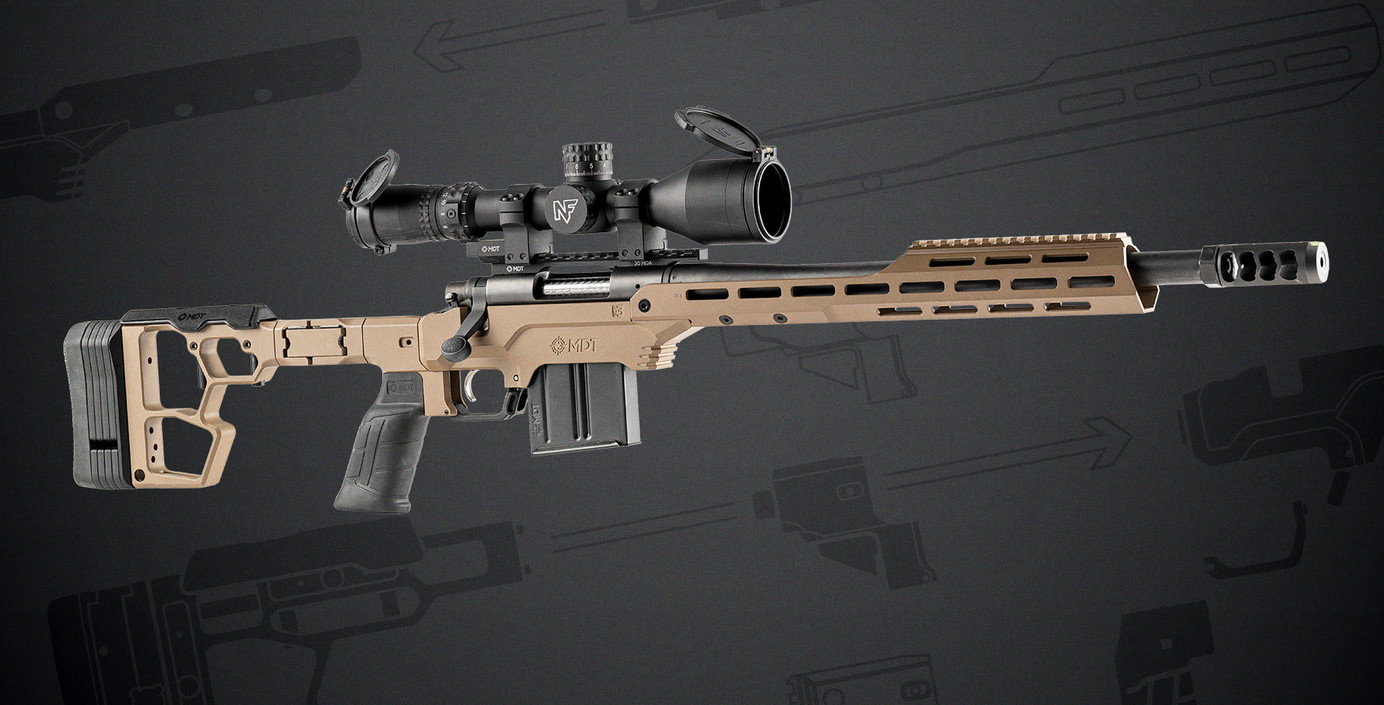“Survival of the fittest” may be the well-known phrase, but “survival of the prepared” is where it’s at, we kid you not! Survival planning is absolutely central to the tactical lifestyle. This skillset encompasses emergency preparedness along with the ability to live off the land for as long as possible—in case you’re forced to get off the grid.
You’ve gotta have a personal survival plan.
Disaster Readiness: How to Get Started
Before making a plan, you have to narrow down your area of focus. While it would be nice to be prepared for everything, that simply isn’t practical. You should train your sights on the risks and threats that you have some likelihood of experiencing.
Study the areas where you live and work. Perform a risk assessment. What are the potential threats and hazards that may arise? Consider various possibilities, including criminal acts, environmental hazards, infrastructure mishaps, power outages, dangerous weather conditions and natural disasters.
After identifying the dangers, try to get an idea of how likely they are to happen. That’s part of risk assessment as well! You can then prioritize what to focus on first when making preparations and stocking up your resources. That is crucial to survival planning.
Another element of disaster readiness involves picturing the emergency scenario in your head and understanding how it could affect mobility, transportation, communication, crowd movement, and so on. You should know what you’re going to do in case of system failures resulting from a disaster. For example, you might want to have a shortwave radio transmitter in case mobile phone signals become weakened or unavailable.
Tactical Survival Tips: Identifying Your Vulnerabilities
Once you have completed a risk assessment of the area, train your sights upon… yourself! What are your weak spots and vulnerabilities? In making your personal survival plan, you should account for your strengths and weaknesses. For example, if you are a bad swimmer, your plan should take that into account.
Your personal survival plan doesn’t have to focus solely on you. The plan can also include your family or anyone you want to protect. That means you also need to identify their weak spots and vulnerabilities. Does someone have allergies? A weak heart? Negligible outdoor skills? You’d better plan on how you’d deal with the issues that may arise long before an actual emergency takes place.
Essential Components of a Personal Survival Plan
Armed with knowledge of the risks and vulnerabilities you’ll have to deal with, you can then create an effective survival plan. We believe that these are the most essential components of emergency preparedness:
Bug Out Bag – Need to evacuate in a hurry? You don’t want to waste precious time gathering all of the stuff you’ll need to survive. Be prepared to evacuate. Have a bug out bag ready and waiting. If disaster strikes, all you need to do is grab the bag and run. No time wasted. That increases your chances of survival. A more formal term for the bug out bag is “72-hour emergency kit.” We’ll go over how to put one together in the next section
Emergency Shelter – If at all possible, you should prepare a safe location away from your home. This will be a place you can evacuate to when necessary. Your emergency shelter should be stocked with necessities: food, water, fuel, power generator, communications equipment, medical supplies, weapons and survival gear. Be sure to make it secure! You don’t want to get there only to find that someone else has beaten you to the shelter!
Evacuation Routes – If you have prepared an emergency shelter, plan evacuation routes to get there from your home and workplace. Practice taking the route until you’ve got it memorized. You might also want to prepare a route that will get you out of town. If you are planning to evacuate your family, too, then decide on a meeting point for everyone (most likely your emergency shelter). Plan for each person to find their own way to the meeting point, and from there, you can regroup and possibly evacuate somewhere else together. Every person who is included in the plan should practice taking the evacuation route until they know it by heart. That’s key to effective disaster readiness.
Communication – You should prepare alternative means of communication in case the mobile phone network goes down, or the Internet becomes unavailable. For certain survival scenarios, a satellite phone or a personal locator beacon could prove invaluable. A two-way radio provides a more consistent, long-term means of communication, and could very well be your best option.
First Aid Kit – Of all the tactical survival tips, the one that is repeated the most is to carry a first aid kit. Injury can happen at any time. Be prepared with an individual first aid kit so that your injury can be dealt with as soon as possible. For your survival plan, you can also consider preparing a different type of first aid kit. Which one to use depends on what you need it for.
Medical Needs – This should already be part of your first aid kit preparation. But it’s worth reiterating due to its vital importance. If you have personal medical needs, be sure to have a supply prepared.
Maintenance – Whatever preparations you make for disaster, don’t forget to maintain their readiness and effectiveness. If you are prepping resources such as medical supplies, be sure to check on them regularly, and replace any that are expired or used. If you are relying on any devices, see to it that they are charged and functional from time to time. If you have an emergency shelter, maintain the supplies that are stored there, and keep the place clean, liveable and well-secured.

Tactical Survival Tips: Building Your 72-Hour Emergency Kit
Survival planning means considering what you will do if you have to spend several days lacking permanent shelter. You may be out in the wilderness, or moving from one urban location to another. Either way, you’re tasked with surviving outdoors until you can find a safe place to stay (or at least resupply).
Let’s go over what you’ll want to pack in your 72-hour emergency kit. It’s 72 hours because that is the maximum response time you’d expect from rescue services under most circumstances.
Another good reason to keep it to 72 hours is to ensure that the kit is of manageable weight. The supplies can probably be stretched to last a little longer, if necessary. But keeping it relatively lightweight is important for mobility. You also don’t want to overburden yourself. That can slow you down as well as exhaust you—and that’s too big of a risk. Emergency preparedness requires practicality and accounting for your capabilities and limits, in addition to having important supplies and gear.
Here is our list of what you’ll want to include in the kit:
- Food and water, enough to last you 3 days
- Water purification tablets or filter system
- Flashlight with extra batteries
- Power bank or solar charger
- Tent and sleeping bag
- Hand mirror, for signaling
- Whistle, also for signaling
- Fire starting kit
- Two-way radio
- First aid kit
- Multi-tool
- Cash
Looking for more tactical survival tips? The 14er Tactical Resources Blog has many great guides you can check out. Here are a few to get started:
Read the full article here









Leave a Reply